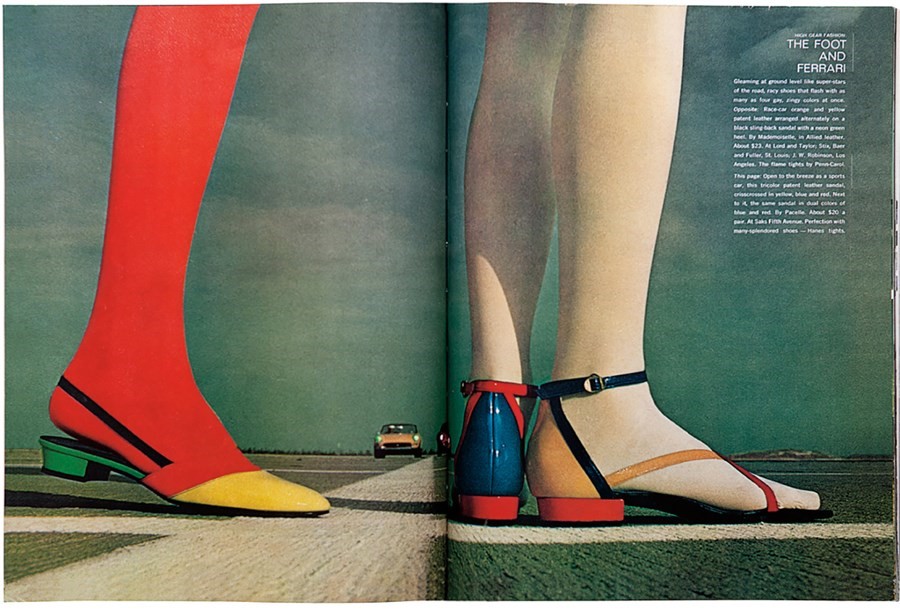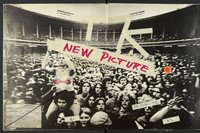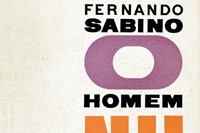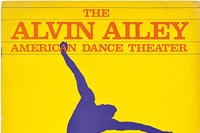As a new exhibition of Bea Feitler’s groundbreaking work opens in Berlin, we look back on her lasting legacy
You may not have heard of Bea Feitler, but you will know her work. She was the art director of Rolling Stone magazine when it put a naked John Lennon on the cover with Yoko Ono in the 1970s. She was co-art director at Harper’s Bazaar when the now-famous space helmet cover was created with Richard Avedon in 1965. She launched the iconic liberal feminist magazine Ms, co-founded by sociopolitical activists Gloria Steinem and Dorothy Pitman Hughes in 1971. When it came to magazines in the 60s, 70s and 80s, she was queen Bea.
An upcoming exhibition at Wolfgang Tillmans’ art space in Berlin, Between Bridges, curated by collaborative artists Marte Eknaes and Nicolau Vergueiro, highlights the innovation and skill of Feitler’s work as a designer. The exhibition reveals the process of graphic invention that has been so transformed in the wake of the digital. Seeing the deconstructed process of how photographic imagery was turned into bold, colourful, graphic cover images is eye-opening.
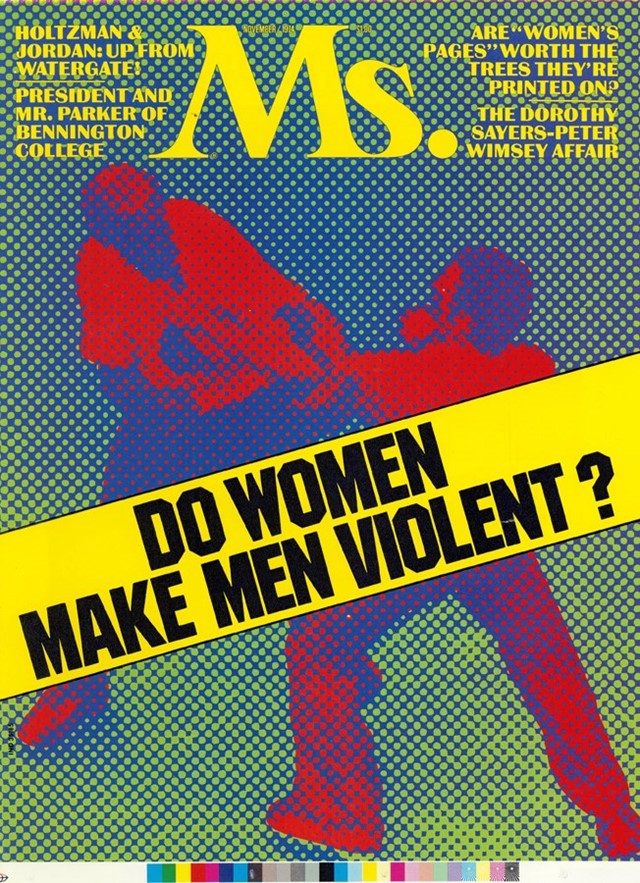
“Bea's approach understood, and was driven, by the symbiotic relation between text and image and/or figure. In her belief, a magazine was ‘50/50 image to text’,” the curators explain. Feitler’s work brought together typography and graphic elements, crossing the border of styles from punk to glamour, Pop Art to the political. Her impact continues today. Rolling Stone still uses her design. She set the look of Vanity Fair before she died prematurely in 1982 from cancer. “She utilised all formal aspects of the magazine as a design feature,” Vergueiro and Eknaes point out. “The flow of the magazine was very important to her, and she employed a kind of visual rhythm through the pages.”
It was not only Feitler’s work that was brimming with vitality – her life was fascinating, too. She was born in Brazil to Jewish immigrant parents who had fled Nazi Germany, and she attended Parsons in New York before returning to study painting in Brazil during the heyday of South American Modernism. After working on the innovative magazine Senhor she returned to New York and became a fixture of the city. Feitler threw infamous parties called ‘Wild Bea Feitler nights’ in her West 56th Street apartment, where the guestlist mixed photographers, painters, designers, international models and actresses. She was photographed by Bob Richardson and Diane Arbus. Andy Warhol shot one of his iconic screen tests of her. Some of her closest friends – photographers like Richard Avedon, Bill King and Annie Leibovitz - were also her most prolific collaborators.

Feitler was a strong pioneer for women in the creative industries. She negotiated credit and royalties for herself, along with the authors of publications she worked on, highlighting that the image was just as important as the word. “Bea saw feminism as a natural state rather than the result of a cultural moment,” the curators note. “As a woman working in fashion publications, she shifted the gaze from the male viewpoint, which inevitably sexualised the female body, to a focus on exploring the potentials of the body as a form.”
As a result, Feitler set a new model for how the body could be depicted in imagery and print. It stopped being seen as a fetishised ever-sexual thing, and was transformed instead into something to explore ideas around shape, form, movement, and the modern. Architecture was one of her strongest influences – both as a motif alongside figures, but also for the body itself to morph into.
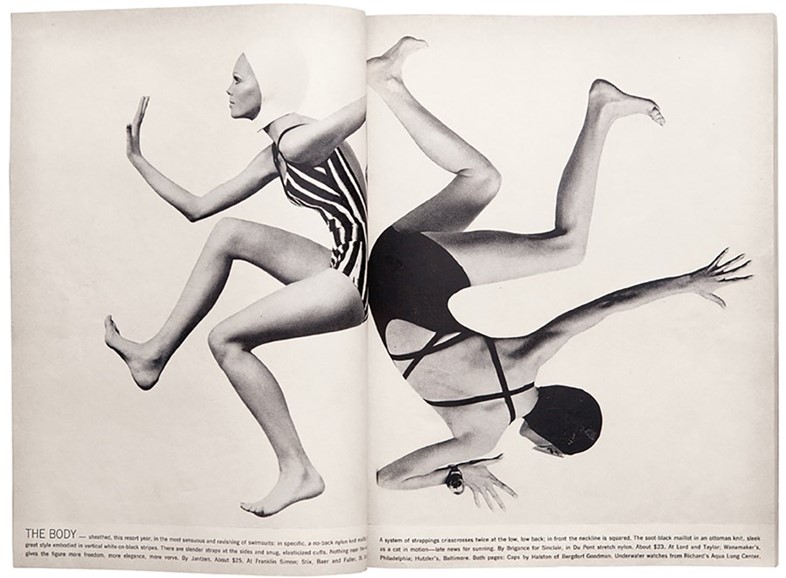
It is shocking, then, that as a name she has faded from general awareness, while her male counterparts have been lionised. This intimate show is nudge towards correcting this. Her work encapsulates the innovations of her period; it is graphic, bold, colourful, political, sexy, funny and intelligent, and above all, a vision of magazines and books as objects that can change the world.
New Picture, The Work of Bea Feitler runs from September 13 until November 4, 2017, at Between Bridges, Berlin.
